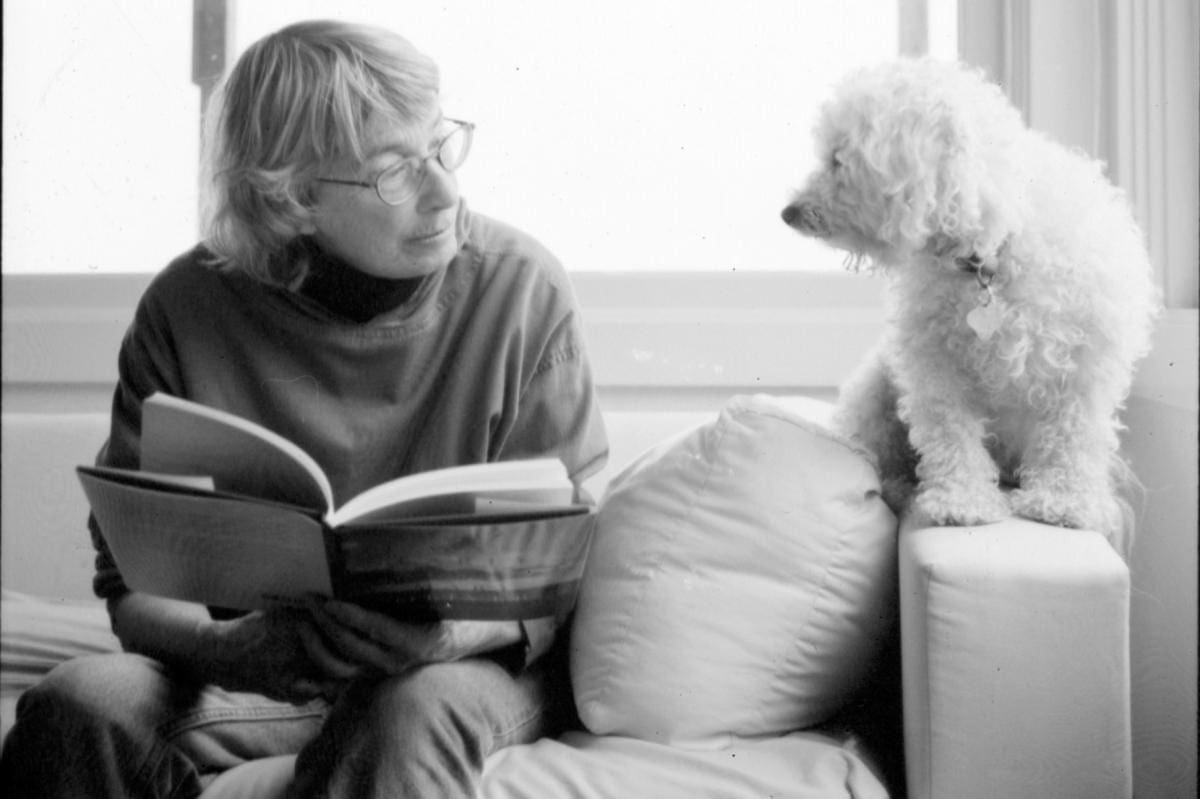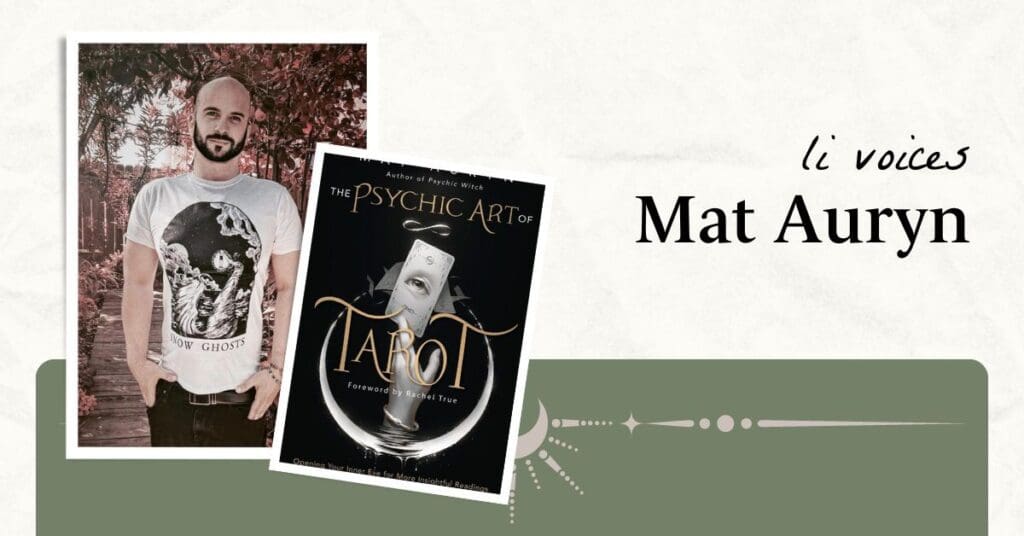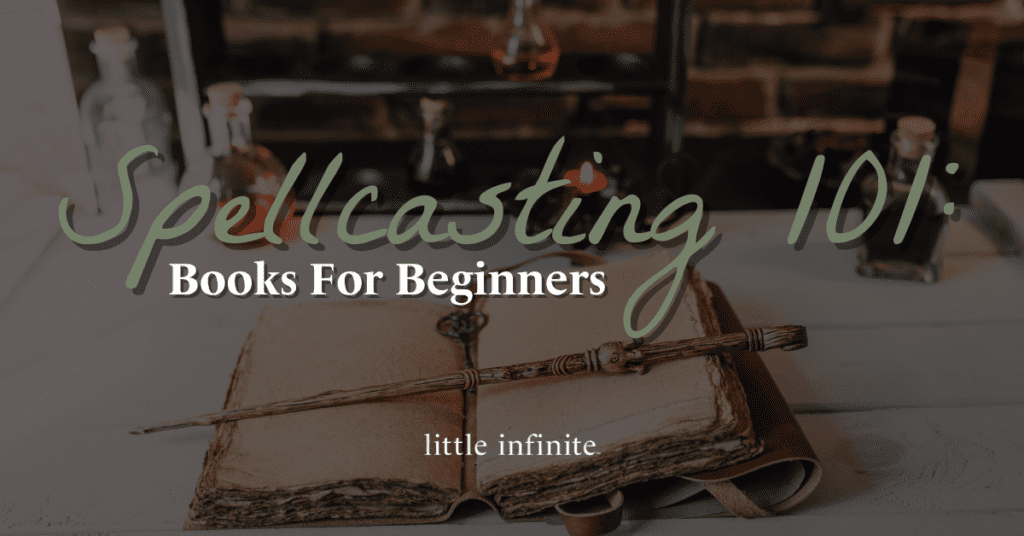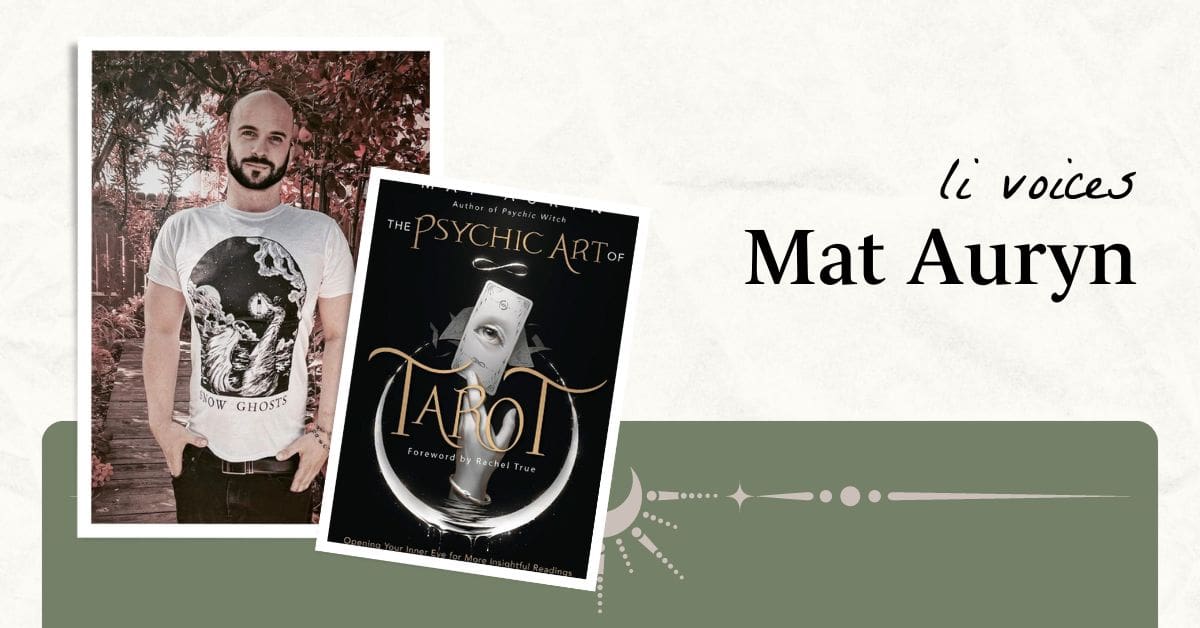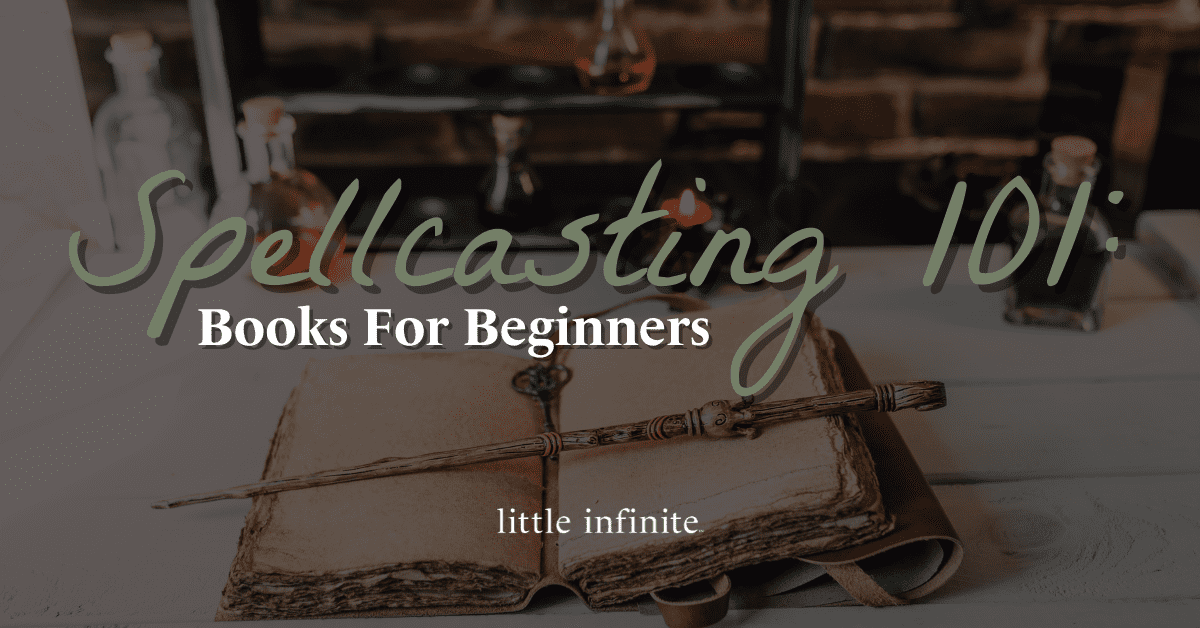Mary Oliver was a people’s poet, really — her work was relatable and beautiful and led by the sacredness of nature, something we all know and understand — in our own ways, on some level. It wasn’t something you’d have to use a dictionary to understand or explore. It wasn’t abstract. It was just beautiful. It was poetry for life.
Born in Maple Heights, Ohio on September 10, 1935, Mary Oliver came into the world with a poet’s heart. She would go on to become a best-selling poet (yes, this is a thing!), winning not only the National Book Award but also the Pulitzer Prize. The loss of her earlier this year has us here at little infinite reveling in the many gifts she left behind: her words.
She rarely wrote about people, as many poets do. Instead, she deeply focused on the magnificence, violence, sadness, and beauty of the natural world around us. It wasn’t until her later poems that she started to focus more inward, on her identity of self, as well.
But who was Mary Oliver? How did she come to write some of the most beautiful poetry we all know and love? She started writing poetry around the age of 14, and reportedly retreated into the world of crafting words while dealing with a dysfunctional home life, which included an assault on her by her father.
Oliver was quite private about her personal life, but what we do know is that she consistently found comfort and peace in nature, often sitting in the woods alone to think and create.
In an interview, she said she often wrote during long nature walks: “ When things are going well, you know, the walk does not get rapid or get anywhere: I finally just
Oliver studied at both Ohio State University and Vassar College, but she didn’t graduate from either. She even lived for some time in Edna St. Vincent Millay’s (a poet who died in 1950) home, helping Millay’s sister organize her things.
Throughout her life as a poet and essayist, Mary would go on to publish more than 15 collections of work. She would also fall in love with her partner of more than 40 years, photographer Molly Malone Cook. And she would continue to inspire worlds of poets, both then and now, to write.
Critics were always conflicted about her work. According to the New Yorker, “because she writes about old-fashioned subjects—nature, beauty, and, worst of all, God—she has not been taken seriously by most poetry critics.”
And yet — who needs critics? Her readers — and truly, the world of poetry lovers — know the immense beauty she gave us.
Want to get a taste for Mary Oliver’s work? Look at this stanza from the poem, The Summer Day:
I don’t know exactly what a prayer is.
I do know how to pay attention, how to fall down
into the grass, how to kneel down in the grass,
how to be idle and blessed, how to stroll through the fields,
which is what I have been doing all day.
There’s so much love for nature there, so much magic in her words.
And in her poem When Death Comes, she writes about how excited and in love with life she felt — something we can all find inspiration in:
When it’s over, I want to say all my life
I was a bride married to amazement.
I was the bridegroom, taking the world into my arms.
Her work teaches us to embrace the moment, play an active role in how our lives play out, and adore the world around us. It teaches us that nature is sacred, and that, as natural beings, we are sacred, too.
We can imagine Mary Oliver tinkering and toiling in some beautiful garden in Florida, where she passed away, surrounded by water, creatures, and the skies that she loved so very much.
Inspired by her work, we ask you to write a poem about nature. Maybe it’s about the ocean, or the bees, or the trees in your home state. Or maybe it’s about global warming or animal cruelty or the need to reconnect with nature — especially in this digital age.
How would Mary Oliver inspire you?
